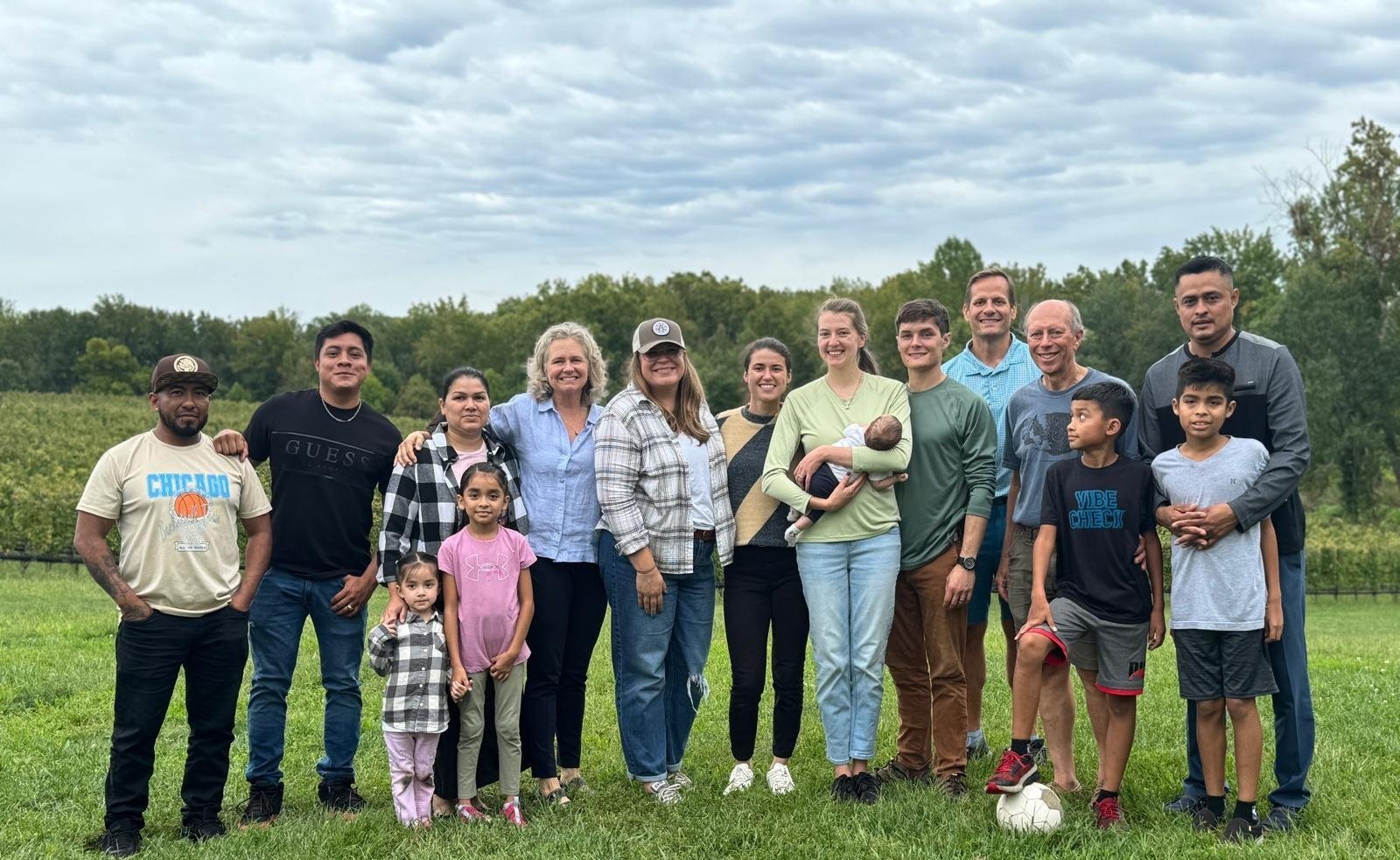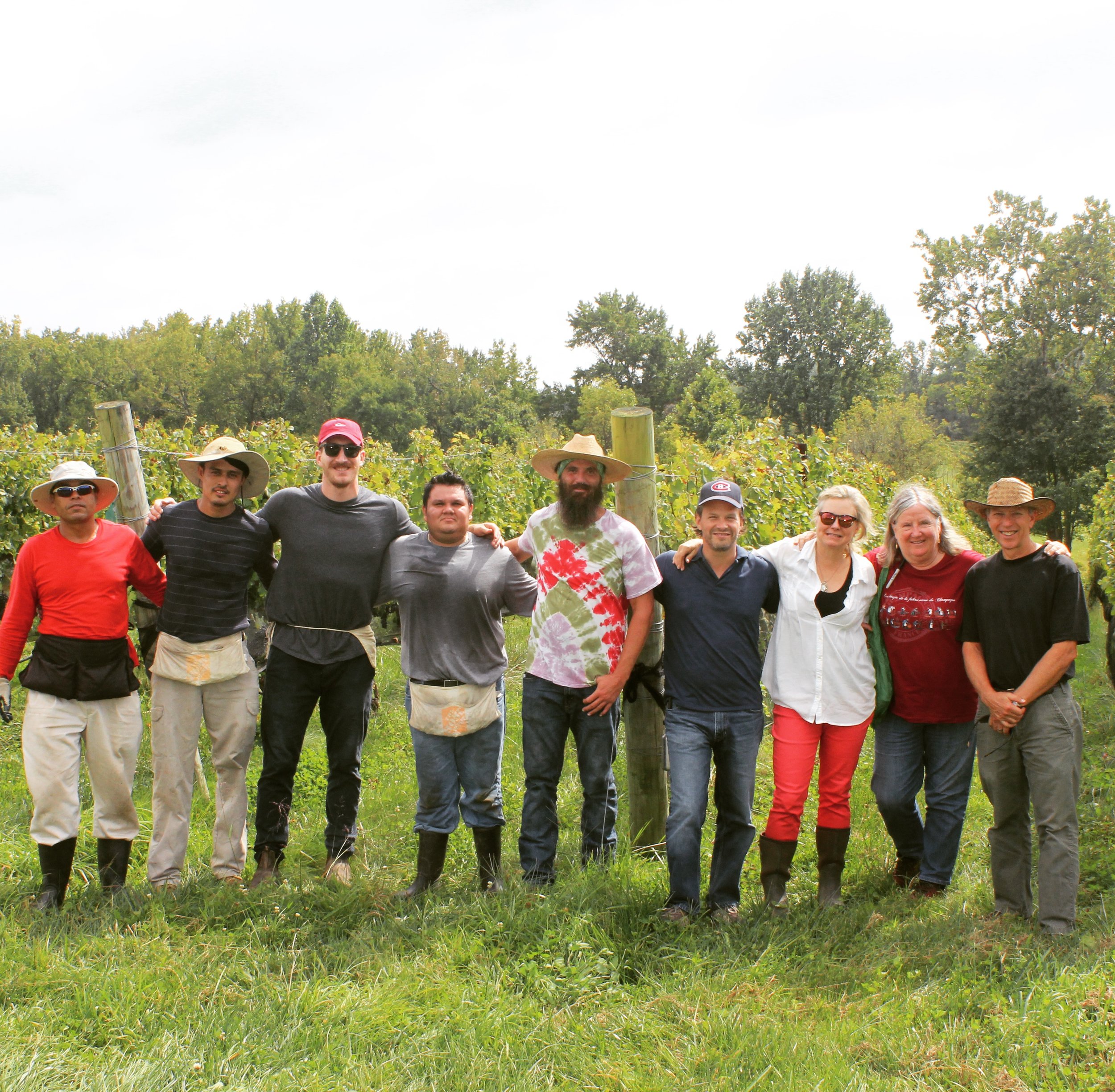This Op-Ed was written by The Vineyards at Dodon Co-Owner Tom Croghan, and published by the Baltimore Sun on March 13, 2023.
Click here to access the Op-Ed.
Governor Wes Moore has committed to ending child poverty. Maryland agriculture has a crucial role to play if the state is to achieve this audacious goal.
Eliminating food insecurity for the state’s children is vital to the solution. Doing so in a way that restores functioning ecosystems and eliminates disparities should become the driving force for all agriculture policies and practices. Maryland will only end child poverty if it pursues these linked goals concurrently. Food, environmental and social justice thus form agriculture’s “triple aim.”
Good nutrition is a foundation of healthy child development and should be agriculture’s primary objective. Well-nourished children grow, learn, play and participate in their communities. They are more resilient in the face of crisis. And they are less likely to engage in violent and anti-social behavior.
Yet the state’s current food system is incompatible with good nutrition. Most Maryland farmland is devoted to low-value commodity production like corn, soybeans and wheat. Some of these crops are processed into food and food additives, such as breakfast cereals, snacks and high fructose corn syrup. Most of the remainder becomes animal feed.
Moreover, changes in farming practices over the past half-century have reduced the nutrient density of our food. As a result, nearly 15% of Americans have unrecognized scurvy. The food we produce is detrimental to our children’s well-being.
To feed children healthy diets, Maryland agriculture should shift from its allegiance to commodity crops and chickens to emphasizing fruits and vegetables. To do so will be challenging. Food production focused on nutrition will look very different from its current design. It will require farmers to acquire new knowledge and equipment. Innovative, on-farm processing and distribution infrastructure will need to be established. Eating patterns will shift. Existing power relationships will uneasily change with them.
Children living in poverty contribute the least to climate change and environmental degradation, yet they are the most likely to be negatively affected. They are more susceptibleto the consequences of air and water pollution. Extreme weather events disrupt access to food, shelter and education. Warmer temperatures alter the survival, distribution and behavior of insects and other species leading to changes in infectious diseases.
Here, too, agriculture plays a critical role. Creating a robust local food system will enhance adaptation and resilience in the face of crisis. Applying the tools of agroecology — cover crops, food forests, adaptive grazing and natural areas — will promote carbon sequestration, reduce chemical and plastic pollution, and support the diverse insect, bird and animal life necessary for functioning ecosystems.
Because it is based on values rather than objective measures, equity may be the most difficult-to-accomplish element of the triple aim. Certainly, gains for some ought not to be achieved at the expense of others. Beyond this minimum, Maryland must grapple with the consequences of a system that excluded Black farmers from assistance programs and land ownership, exploits its largely immigrant workforce and thus perpetuates an inequitable social order.
The components of the triple aim are interdependent. Changes pursuing one goal can affect the other two, sometimes negatively. For instance, Maryland’s Healthy Soils Program targets large, commodity-crop operations. It offers little help to the state’s small farms, especially those in urban settings, that would also benefit from better soil health. By not explicitly considering the state’s more than 6,000 small producers, the state boosts its industrial-scale monoculture crop systems but leaves fruit and vegetable producers behind.
The burden of this policy choice falls disproportionately on poor communities and children. They are more likely to develop diet-related chronic conditions, are more vulnerable to the consequences of climate change, and have fewer resources to adapt to changing environmental conditions.
In other words, the state’s plan to address climate change comes at the cost of its food and social justice goals. As a result, it misses the opportunity to reduce child poverty and could worsen it. A more balanced approach to healthy soil would have included subsidies for organic amendments, technical assistance and other tools that small fruit and vegetable producers need.
Agriculture alone will not end child poverty. Changes in education, housing, employment, tax policy, health care and the environment are also necessary. Moreover, the obstacles to the triple aim are substantial, and they are primarily political rather than technical. But the limitations and pain of the required agricultural transformation — the disruption of institutions, habits, beliefs and income streams — should not deny us the opportunity to achieve Governor Moore’s vision.














